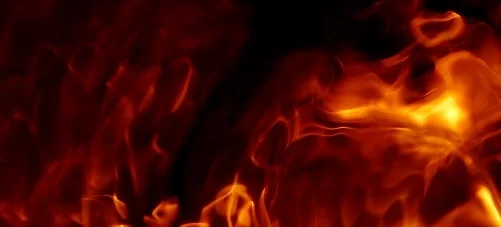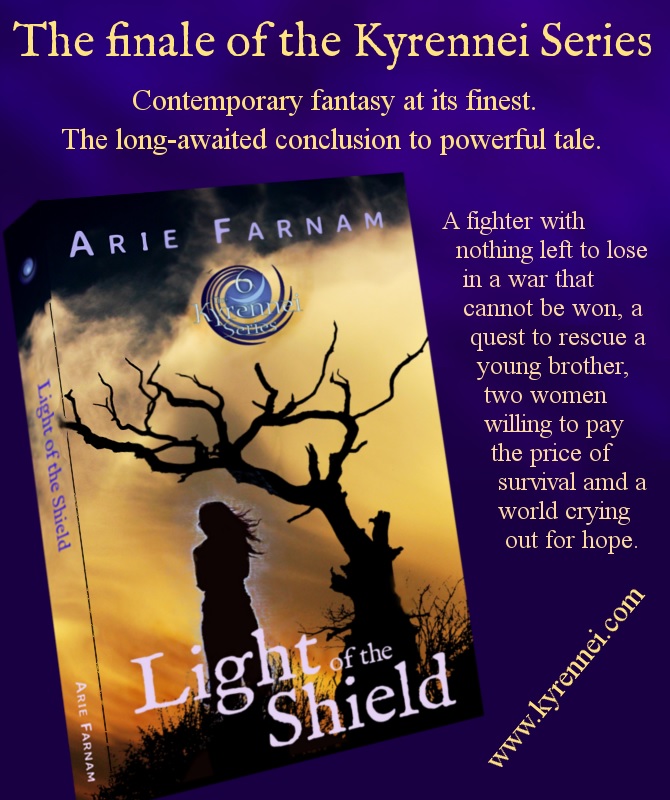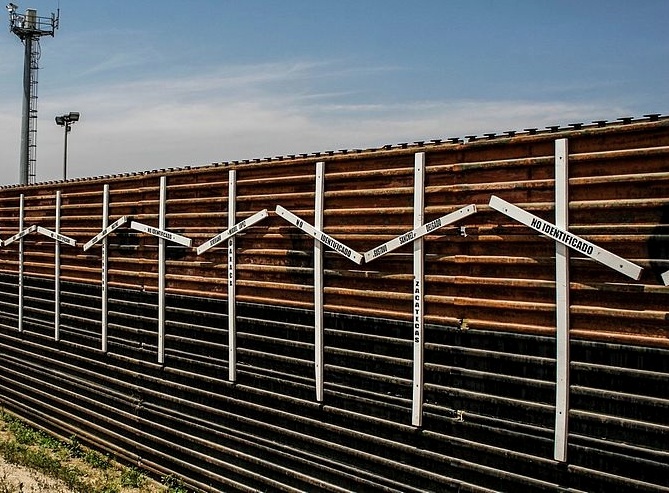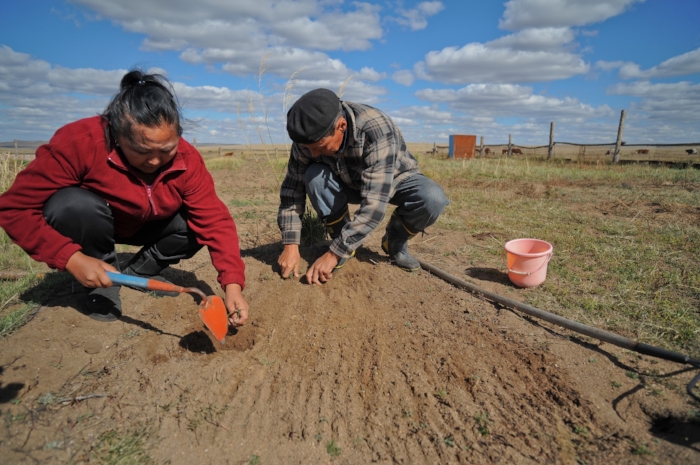Considering the uses of a border wall
/My brain is a trouble-maker. I swear it isn’t really me. Just my brain.
Every other time I write something online it brings out the attack dogs. I try to tell my brain to cool it. But my brain is like, “Look at this! Just take a look at the facts!”
As early as the 1970s, Exxon (now ExxonMobil), the world’s largest oil company, had convincing evidence of the threat of climate change connected to the burning of fossil fuels. For decades they responded by funding misinformation campaigns in an effort to conceal the evidence, but their own scientists were well aware of the truth. The wealthy individuals and corporations, who now fund the campaigns of the most powerful policy makers and also fund climate change denial spin, have all the data. They know that they are lying.
The most widely supported current models for climate change predict that even with the international goal of limiting climate change to a 2°C global temperature rise much of Central America, the Middle East and North Africa could become uninhabitable or at least unfarmable. These regions. which already experience significant drought, will likely have so little water by 2050 that widespread and extreme famine is probable. (I know it happens to be cold right now for many of us, but in Australia the daytime temperature is melting car tires. The small global temperature rise is just an indicator scientists use to talk about a much more complex change. It’s the extreme drought in farm country that will probably end up troubling you.)
Border walls are the new “in” thing internationally. All over the world countries have gone from high-tech border security solutions to the medieval wall tactic. At the end of WWII, there were only seven border walls or fences around the world. Today there are seventy-seven. Several of them have been erected specifically because of climate migration, such as the massive 1,700 mile barbed wire fence between relatively prosperous India and low-lying Bangladesh, which is densely populated and loses more of its land area to flooding from rising oceans each year.
Europe has already witnessed crowds of desperate, climate refugees massing at border barricades and being forced back .
Trump’s campaign promise of a border wall—together with the supposition that Mexico would pay for it—was so cartoonish that even his supporters didn’t seem to entirely believe him. Trump supporters at the time were often on TV saying, “I don’t care if Mexico really pays it, but I love that he says it.” But now Trump has made significant political and economic sacrifice in an attempt to force the construction and US-tax-payer financing of his border wall.
Illegal crossings over the southern US border are at an all-time low. Most “illegal migration” in the US today involves people arriving by air and overstaying their vises. And rising illegal migration from Asia is currently a bigger issue than that from Central America. It is more than strange that Trump is insisting on this wall now. Analysts pass it off as crowd-pleasing for his anti-immigrant base. But the political and economic costs of the lengthy government shutdown go beyond crowd pleasing and seem likely to sour even Trump’s supporters.
© Tomas Castelazo www.tomascastelazo.com Wikimedia Commons CC BY-SA 4.0
Too complicated? OK, boil that down:
The border wall isn’t needed for real security now.
Trump is making significant sacrifices to get a border wall.
Elites all over the world are building border walls, particularly against areas hit by climate disasters.
Climate change analysis warns that Central America could become uninhabitable through drought and famine within decades.
Trump and his primary supporters in the fossil fuel industry have had access to evidence of this very climate change longer than anyone else.
“So….” my brain winks suggestively.
OK, I’ll say it, though it will no doubt bring the attack dogs out yet again.
I think it is possible that Trump is well aware that the border wall will not help with current security, but his vehement insistence and significant sacrifices to ensure that it is built actually are rooted in rational—if cold-blooded—reasoning.
If climate change creates massive, unending drought in Central America there will not just be caravans of refugees or migrant workers. There will be waves of starving people.
Creative Commons image by Thomas & Dianne Jones
Millions of starving people.
We have seen a military-style response on the border with tear-gas being fired at refugees. I fear that we are being prepared for a new normal, in which we will be outraged, but in the end, helpless to stop a full military defense at a border wall with deadly ammunition in a situation in which food and most particularly water have become significantly more scarce commodities.
Do I have proof?
Not more than the facts piling up. I don’t have a memo from fossil fuel execs to Trump directing him to stick to his guns on the border wall or we’ll be invaded by millions of starving climate refugees, which by sheer numbers would probably spark actual economic hardship rather than the economic boost that current immigration brings to the country.
No, but the general public has just about everything short of that.
Am I just being alarmist and depressing?
I know that things like this tend to demotivate and depress people, as in, “The future is bleak. Let’s go drink and binge watch Netflix.”
Nope. Not helpful.
What is helpful is recognizing the deeper reasons behind policies and addressing root causes. Until now, we may not have considered immigration reform advocates and climate activists to be close allies, but we should be. Not only would the physical wall itself harm delicate desert ecosystems and perpetuate inhumane foreign and immigration policies, it is also very possibly a crutch to allow the fossil fuel industry and their bought policy makers to continue to ignore the immanent threat of climate change.
Just saying.


















